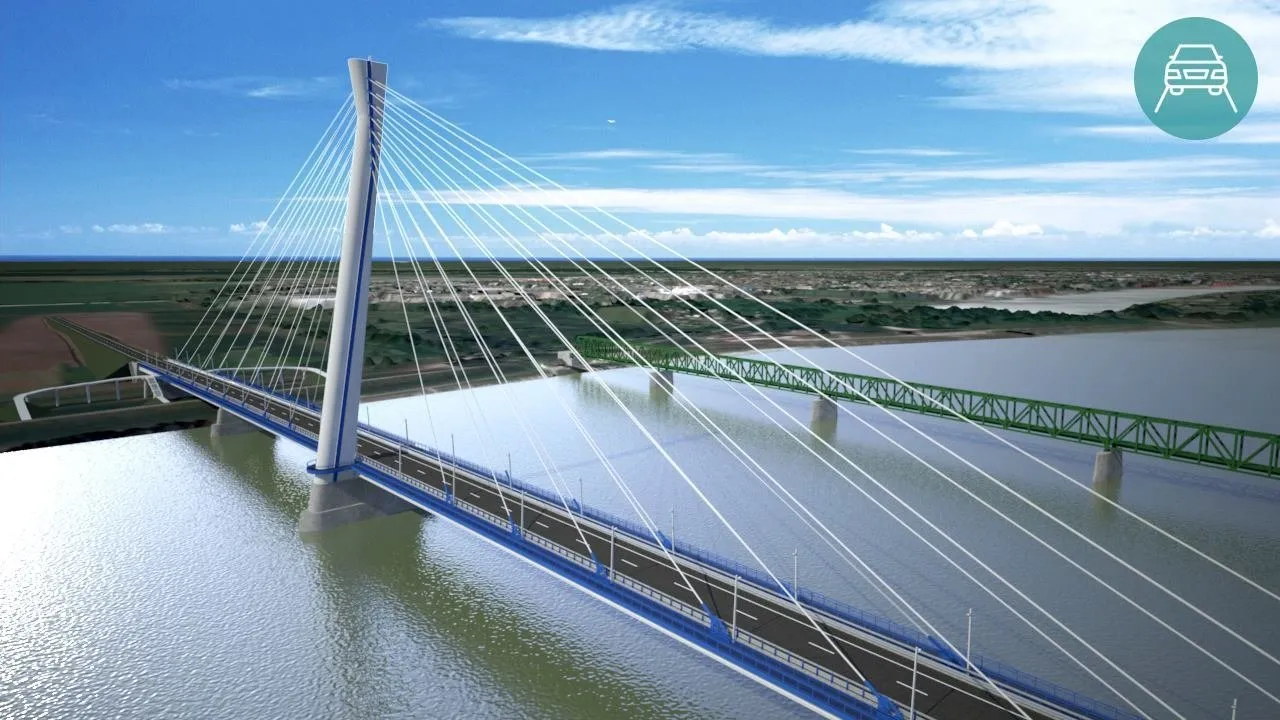
Construction has started on the €117 million bridge over the Danube River between the Hungarian town of Komarom and the Slovak town of Komarno.
Around 85% of the cost will be covered by
Last summer it was announced that the Hungarian companies Hidepito and Meszaros es Meszaros had won the tender for the 600m bridge but with a price tag of just over €91 million, according to Hungarian media. It was also reported at the time that the project had suffered several delays because of changes to procurement rules in Hungary.
Hungary’s National Infrastructure Development Company (NIF) issued and awarded the tender. The nbew bridgfe will be around 200m from the steel Elizabeth Bridge.
In March last year, the European Commission approved around €100 million towards the estimated €117 million for the project. Hungary will get €52.5 million and Slovakia will receive €47.6 million under the EU's Connecting Europe Facility.
The two cities, although divided by the Danube, have at times been one city under various central European kingdoms.
Komárno is Slovakia's principal port on the Danube. It is also the centre of the Hungarian community in Slovakia, which makes up around 60% of the town's population.
Hungary’s Komárom and Slovakia’s Komárno are also connected by a more recently built so-called lifting bridge.
In 1892 Komárom and the then town of Újszőny were connected by an iron bridge and in 1896 the two towns were united under the name Komárom within the Austro-Hungarian empire. But after the empire was split, the towns developed separately in Hungary and Czechoslovakia.





